Paul Neurath’s Epic Rebirth of the Underworld Series
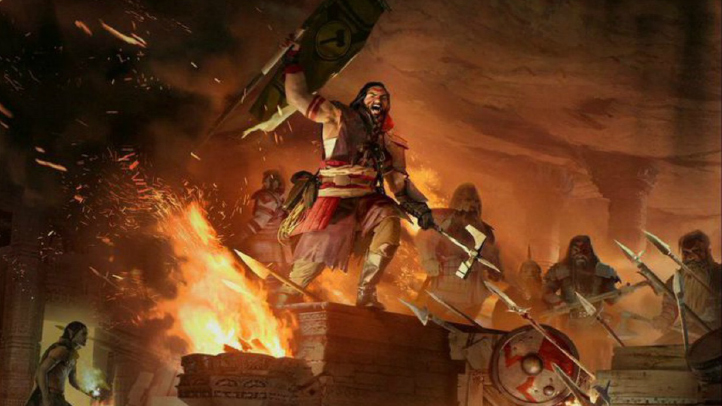
 A long time ago, there was a young version of me, fresh out of school and one of the rare few that knew his way around building a website. The year was 2000 and I was on a mission to work in the gaming industry.
A long time ago, there was a young version of me, fresh out of school and one of the rare few that knew his way around building a website. The year was 2000 and I was on a mission to work in the gaming industry.
There was only one company in the world I wanted to work for and that was the creator of my favorite game series, Thief. This development studio was Looking Glass Studios. I managed to make it through my first phone interview, but unfortunately for me the studio would meet it’s untimely end just before I had the chance to go for my first in-person interview.
Looking Glass Studios (as LGS and Blue Sky Productions) was also known for the work on Ultima Underworld I & II, the System Shock and Thief series, along with several other PC and console titles.

This company featured some of today’s biggest names in gaming including Ken Levine, who went on to launch Irrational Games and the Bioshock series; Warren Spector, who created Ion Storm and the critically acclaimed Deus Ex and was later recruited by Disney to create Epic Mickey; and Paul Neurath, the original founder of Blue Sky Productions and most recently OtherSide Entertainment.
In an unexpected turn of events, I found myself with the opportunity to sit down with Paul Neurath and discuss his newest collaboration with Warren Spector, a crowdfunded rebirth of the Underworld series in Underworld Ascendant produced by OtherSide Entertainment.
Thank you for allowing me the opportunity to not only meet one of the most influential people in my career, but also discuss a project that I am really excited about. First and foremost can I ask you to share with the audience a little bit about yourself, and your journey from Blue Sky Productions to OtherSide Entertainment?
When we completed Ultima Underworld II in 1993, I never imagined that this classic fantasy RPG franchise would go dark for two decades.
The Underworld’s were arguably the first immersive 1st person games. Not only were they the first to create a real-time 3D texture-mapped world, they also pioneered player-driven sandbox gameplay. They influenced a whole generation of games: Doom, Thief, Deus Ex, Skyrim, BioShock and more. Today, leading game designers view the Underworlds as still astonishingly modern in design.
But when released, the games were years ahead of their time and didn’t fit into the established genres of that era. This contributed to the franchise falling between the cracks and becoming lost in the publisher’s labyrinth depths. Over the years I’ve tried without success to raise the Underworld series back up. Just now have the stars aligned so this can happen.
I started OtherSide Entertainment, an indie studio, to rekindle this classic. Joining me is an incredible team of developers, who will be introducing themselves over the coming weeks. Some worked with me on the original Underworlds, along with Looking Glass favorites like System Shock and Thief. Others contributed to more recent classics including Deus Ex and BioShock Infinite. We have deep understanding of the genre, and share a passion for bringing Underworld back.
The newest incarnation of the franchise, Underworld Ascendant, will retain the distinctive fantasy RPG gameplay of the originals. We already have an early prototype running on the PC. At that same time we will be pushing forward with new innovations --- I can’t wait to tell you more about what we have planned!
But this can only happen with your help. As an indie studio, we are looking to our fans to fund a significant portion of the development through our upcoming Kickstarter campaign, which begins on February 4th, 2015. We aren’t shy about our ambitions to make a great game, but that takes serious resources and effort.
Beyond funding, we are inviting you in on the making of Underworld Ascendant. Rarely have fans been able to participate in the often unpredictable, sometimes messy creative process that gives birth to innovative games. We hope you’ll join us on this adventure!
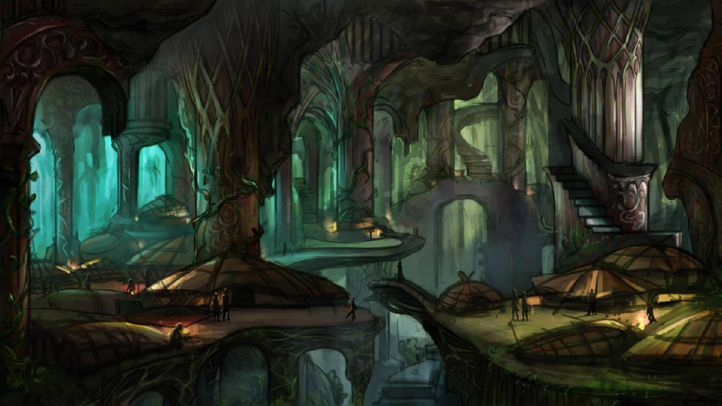
It’s been over 20 years since the release of the Ultima Underworld II: Labyrinth of Worlds, a lifetime in game development years. What do you see the major differences are from creating a game back in the late 80’s and early 90’s to today’s era?
One challenge is to balance the expectations of those who love the original games with younger gamers who probably have never played them. Also, the industry has moved forward over the past two decades. Not as much as one might expect in terms of game design, but hugely on visuals and audio production. The bar for AAA games is super high on that front. Fortunately, there is a thriving market for indie games that don’t have to go toe-to-toe with big budget AAA games. Players have come to realize that some of the most innovative and fun games are coming out of indie studios. And that is where we fit.
One vibe we’re holding tight to be being thrown in a dark, vast and deadly underworld, and where at first you feel like a “stranger in a strange land”, barely knowing how to survive. There is real fear and sense of the darkness pressing in close. Over time you grow into mastery of the underworld and that arc of progression holds great satisfaction. An obvious place Underworld Ascendant is different is 100-fold more advanced visuals and audio to take full advantage of power PCs, as well as a modern user interfaces.
On a side note, we really see it as a combination of the two things: storytelling and game mechanics. The desire to provide creative problem-solving tools is coupled with the need, and the will, to hand over more authorship to players. It’s an across-the-board shift from the concept of story to scenario for the meat of the game. We will build on the framework of a strong plot line to orient and energize players, but our ideal is the kind of freedom to improvise that we feel in our pen-and-paper role playing campaigns.
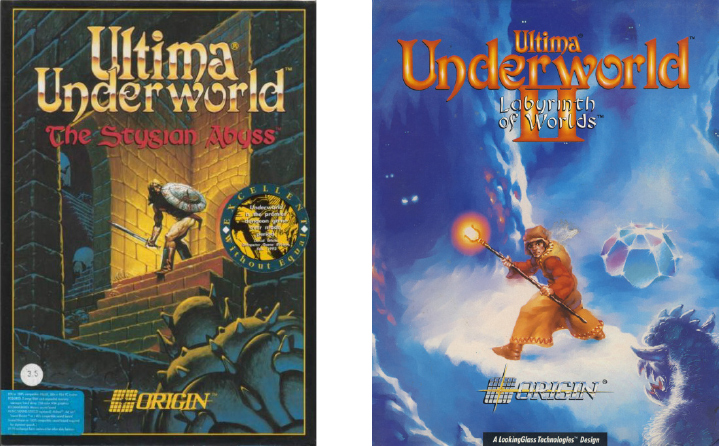
I imagine this is a bit of a homecoming for you. How did OtherSide Entertainment come to be? What inspired you to revisit this classic title?
I have always wanted to make a sequel, but could not get it greenlighted with EA over the past two decades. According to their formulas, the costs associated with development would not get a high enough ROI (Return On Investment). I always felt differently about it.
A year ago, EA came to realize that nothing more was ever likely to come of the franchise unless we, the original creators, took it forward. It is hard for a new team to pick up somebody else’s vision for a game and often the results are less than great. We secured the rights to take the Underworld franchise forward from EA, and here we are.
Crowdfunding and being indie allow us to stay relatively nimble and small, which means we don’t have the massive overhead that big publishers do, allowing us to keep development budgets lower. And we don’t have to have to sell 10 million copies to turn a necessary profit to keep shareholders happy.
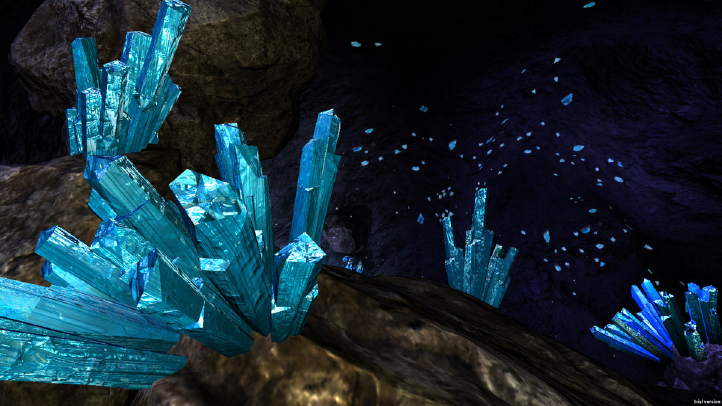
20 years have passed since the last Underworld, what new technologies and features do you plan to introduce to Underworld Ascendant?
This past year came the first hints that the technology to pull this off might be around the corner. Augmented Reality, AR for short, is a new approach for melding a digitally synthesized 3D image into the actual world around us. Several companies have been making announcements about their consumer AR endeavors.
AR headsets project into your eyes a digital image, which gets seamlessly merged with your view of the physical world around you. Potentially these images can look more solid and real than any hologram. A key part of AR is not just in the visuals, but also how the devices can read your hand motions precisely, so as to enable you to manipulate the virtual images in a natural and tactile way. It is the combination of the visual projection into the real world and tactile interaction, which makes AR so promising.
Keep in mind that these consumer AR devices are still in development. It may be some time before they are consumer-ready.
AR is not the same as VR, and does not provide VR’s deep immersion. It offers a different way to interact, especially suited to having virtual space in the real world around you to examine and touch. VR and AR will co-exist, offering different advantages.
For OtherSide, both technologies are an opportunity for us to explore innovative ways to extend the play experience of our games.
There are many possible ways to use AR in a game such as Underworld Ascendant. One example would be to use the same sort of mechanic we already have working in the prototype for when you lock pick a treasure chest. Currently the player uses the mouse to turn a lock tumbler displayed on the laptop screen. In the AR version the tumbler would be floating a foot in front of the player, and they would use their hand to rotate the tumbler until they heard the satisfying click of the lock springing open. It’s a parallel game mechanic, but here made much more tactile.
As with VR, we will be experimenting with AR to see if it might be a strong fit for Underworld Ascendant. It will be further down the road before we’d have anything to demo, but when we do we’ll share what we have.
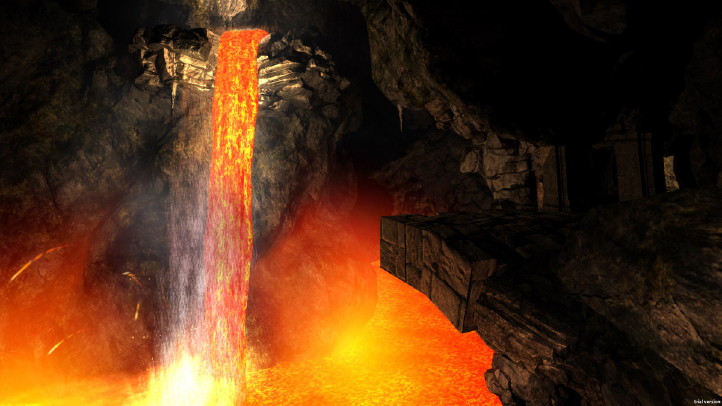
Can you tell us a little bit about the story behind Underworld Ascendant?
We aren’t ready to get deep into the narrative at this time. I can say that Underworld Ascendant is a next-generation sequel to the legendary fantasy RPG’s Ultima Underworld 1 & 2. It will not only modernize the series’ visuals and user interface to take full advantage of the today’s powerful PCs, it will innovate in bold new ways.
We have the rights to use pretty much everything from the original games except for the Ultima brand. I’m not sure how many players are focused on that brand itself these days. And the original Ultima Underworlds were fairly loosely connected to the classic Ultima games anyway. As a team, we actually like the fresh start of not having to ensure that this feels like an “Ultima” branded game. Gives us more creative freedom.
Interestingly, we are creating a fictional connection with Shroud of the Avatar. So we’re keeping alive the collaboration that Richard Garriott’s and our team had done with the original games, just in a new era.
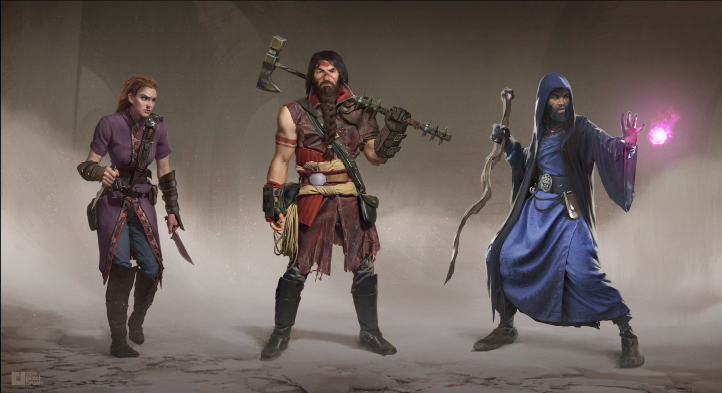
What features make this title unique to other dungeon crawlers like Wizardry and Legends of Grimrock?
We’re pushing forward on several fronts. The faction system in Underworld Ascendant will incorporate a level of sociological modeling beyond what we’ve ever had before. We’ll be feeding the player’s actions in the game through an ecological simulation, with outcomes in both the situations the player encounters. The factions in turn will have environmental preferences, so they’ll have opinions on the player’s actions and inputs into the ecology. All of this will rest on top of and be intertwined with the (by now) conventional AI and physics systems we pioneered in the original Underworld games.
On a side note, one challenge is to balance the expectations of those who love the original Underworld games, with younger gamers who probably have never played them. Longtime players will instantly recognize elements of the Stygian Abyss, as well as signature creatures like the Lurker and the Shadow Beast. But we’re also expanding our universe with new ideas, many developed with the involvement of our backer community.
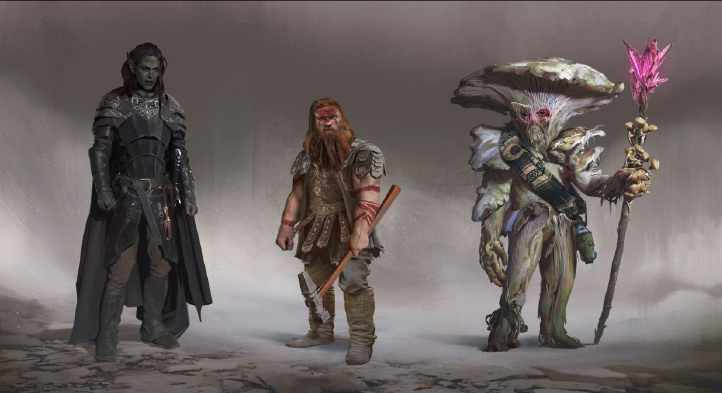
Can you tell us about the new Improvisation Engine you are using for Ascendant? What features does it bring to the table?
Our aim with Underworld Ascendant is to offer players a greater freedom of choice and allow them more ways to devise their own clever solutions to challenges. The Improvisation Engine provides an array of sophisticated technologies so that players have more freedom to play the game in their own preferred style. So, instead of the designers scripting a set solution path for a player, the Improvisation Engine puts the problem solving in the player’s hands. We create an encounter; set up the monsters, traps, the physical layout, etc. Then the world simulation is turned on. A set of fairly complex interactions and dynamics take place of their own accord. The player comes into this dynamic mix, and can permeate this situation in whole range of ways, some of which the designers may have never imagined.
Also, the Improvisation Engine will have a pervasive effect across virtually all minute-to-minute game play, and apply to almost every encounter. It’s central to how we are crafting our systems, AI, combat, magic.
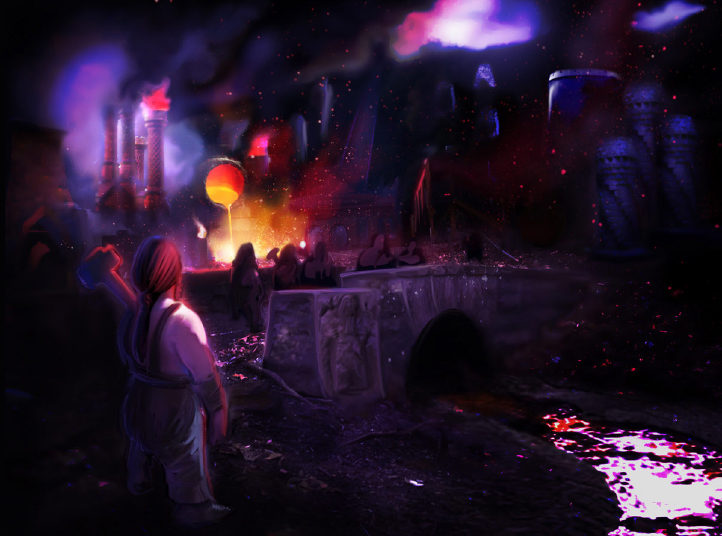
I understand you’re giving the player a lot of freedom in their character development. Can you give us some examples of how players can customize their characters strengths and skillsets through weapons and magic?
I can’t go into everything just yet, because we have only been in development for a few months, but here is some information that I can share.
Magic in Underworld Ascendant springs from the original Underworlds. As with the originals, magic is built on rune stones. Scattered around the Abyss is an alphabet of rune stones, each inscribed with a runic letter. The Avatar discovers these stones as they explore the Abyss, over time building a vocabulary of spells.
To cast a spell, the player lays outs particular combinations of stones. For instance, the pair of stones IN LOR casts a dim magic light. A much more powerful version of this spell using 3 rune stones, VAS IN LOR, casts the brightness of daylight. Learning new spell combinations is part of the fun. You feel as if you are growing in arcane knowledge --- which of course you are!
Underworld Ascendant explores a new dimension of runic magic. As players master the lore they will uncover hidden powers, and learn how to magically transform their runes. For instance, a mage might learn how to transfigure the runes for a Fireball, POR FLAM, to enlarge its blast radius. As the mage’s knowledge deepens, the mage might make the Fireball dance around the chamber, seeking out each nearby foe in turn. Or perhaps instead, they will make it to burn with a violet aura, which clings to foes longer and with more terrible effect. Ultimately, a mage can craft their own repertoire of unique and powerful runes.
Spells in Underworld Ascendant are also far more diverse than the standard RPG variations on “blast your foe”. There is magic that will aid in your being stealthy, alert you to a variety of dangers, let you levitate or fly, or bar a door, to name just a few. These more diverse non-combat spells feed right into the Improvisation Engine, giving spell casters all sorts of clever approaches to solve challenges. Speaking of spell casters, any Avatar can learn to wield at least some magic. A player focused on, say, combat skills, will never become master of the magical arts. However, they can still learn to cast some less powerful spells if they choose.
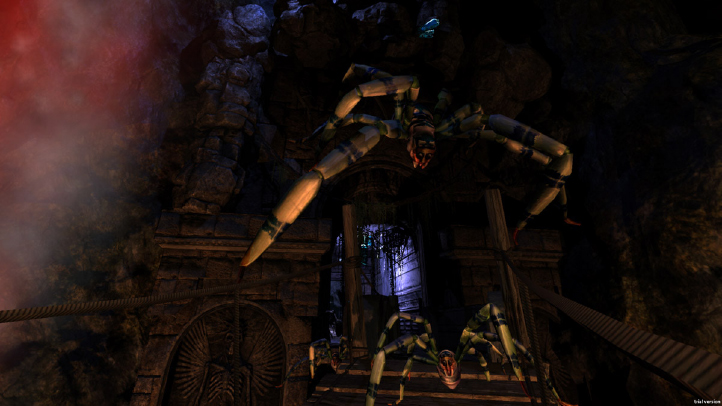
What inspired you to use crowdfunding to create this product?
When we created the original game, there was a wall between us and the fans. Publishers didn’t really encourage us to reach out and have a dialogue. That was, and still is, a lost opportunity to connect with fans. Crowdsourced funding and digital distribution are amazing opportunities for us to open up and let the fans who supported the franchise all along to come onboard and help shape Underworld Ascendant. Plus, we get more freedom to be creative.
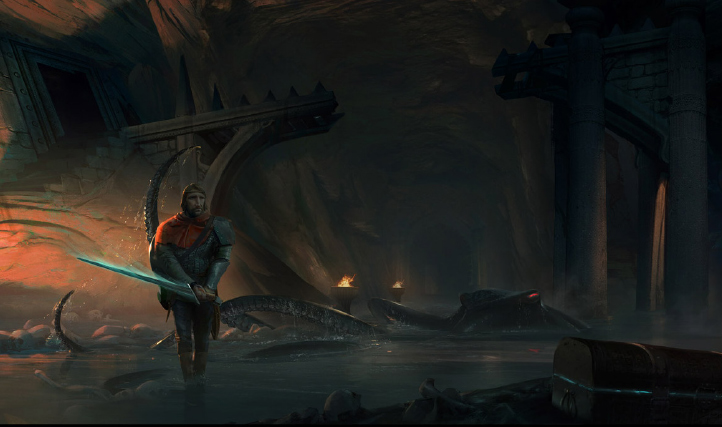
Is there anything else you can share at this time?
It is still early on, but here is a little nugget on how players can develop their own Avatar and how their Avatar’s development will open up new solutions. In battle, for instance, a Thief sort of character who has developed advanced skills in acrobatics will have more options to consider, being able to out maneuver, avoid, or conduct quick strikes. A fighter sort especially skilled with ranged weapons could be effective at sniping creatures before they could get too close. These character specializations will tend to lead to more unique experiences between players during their playthrough, making it more fun to play again as a different type of character.
Some players will prefer their characters to be already set. Others prefer the freedom to customize. We want players to be able to play the game in their preferred manner.
Visit http://othersideentertainment.com/ to learn more about Underworld Ascendant
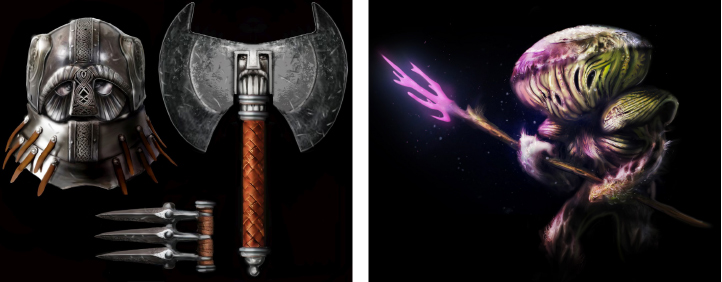
About the Author

Foghladha
Managing Editor
Foghladha founded the Gaiscioch Social Gaming Community in 2001 and has since been the founder & activities director for this well known community. His role has gone beyond just running the Gaming Community and now includes running the Athletics Program in Portland, Oregon, as well as acting as the Managing Editor of the Gaiscioch Magazine, and is the Lead Producer on the Gaiscioch Livestream Productions. Additionally he networks with game developers to form relationships between Gaiscioch and development studios.
His experience in publishing dates back to helping his Grandparents who operated a printing press for over 40 years. In high school and college Benjamin excelled in journalism and played an active part in the school newspaper. Foghladha currently works full time as the director of technology for a franchise trade publication & education company.
